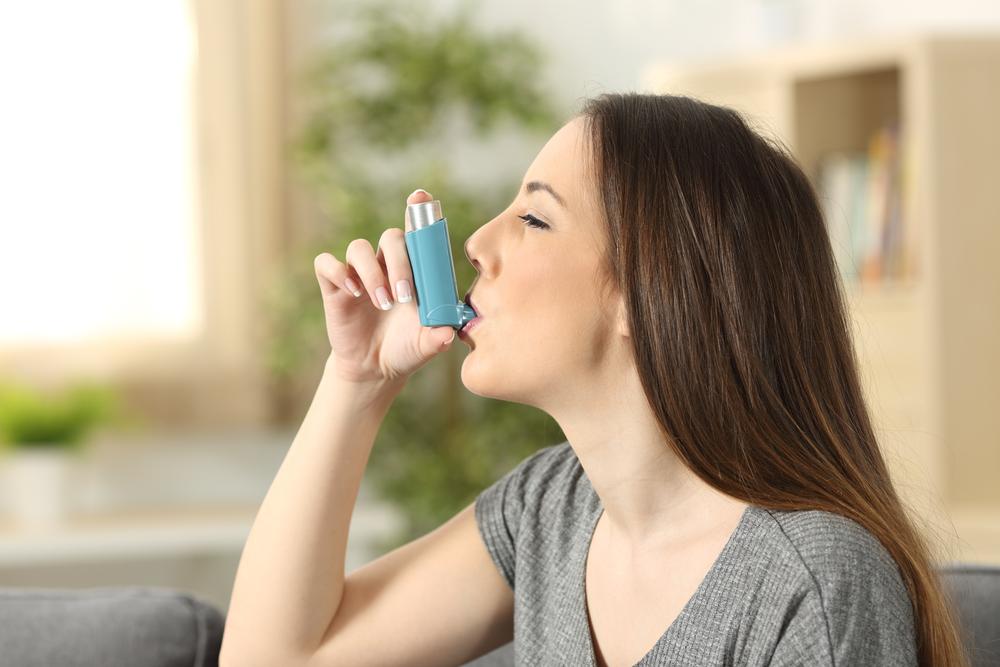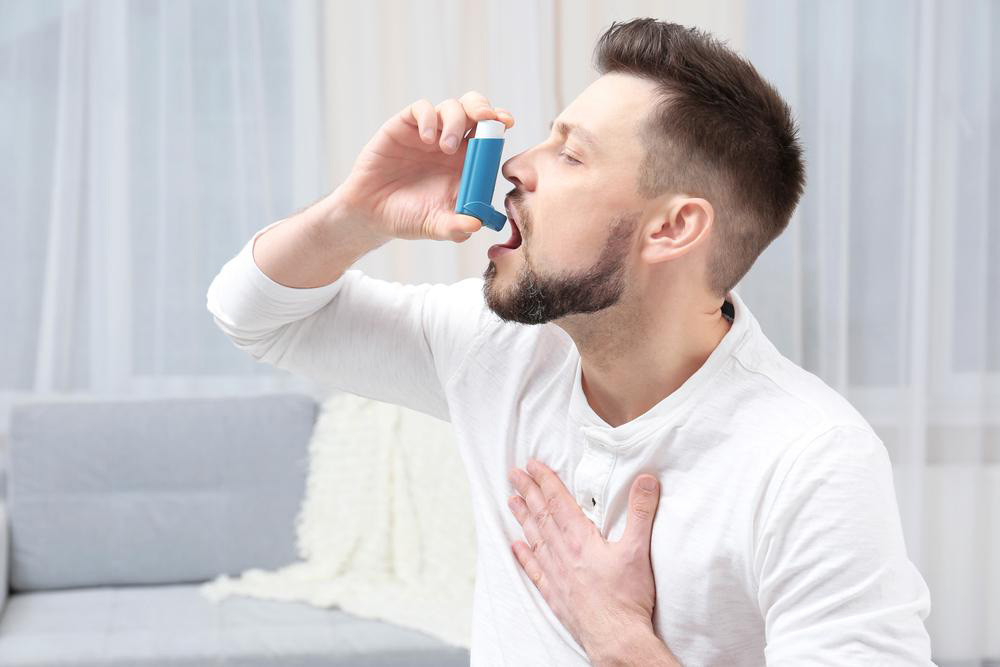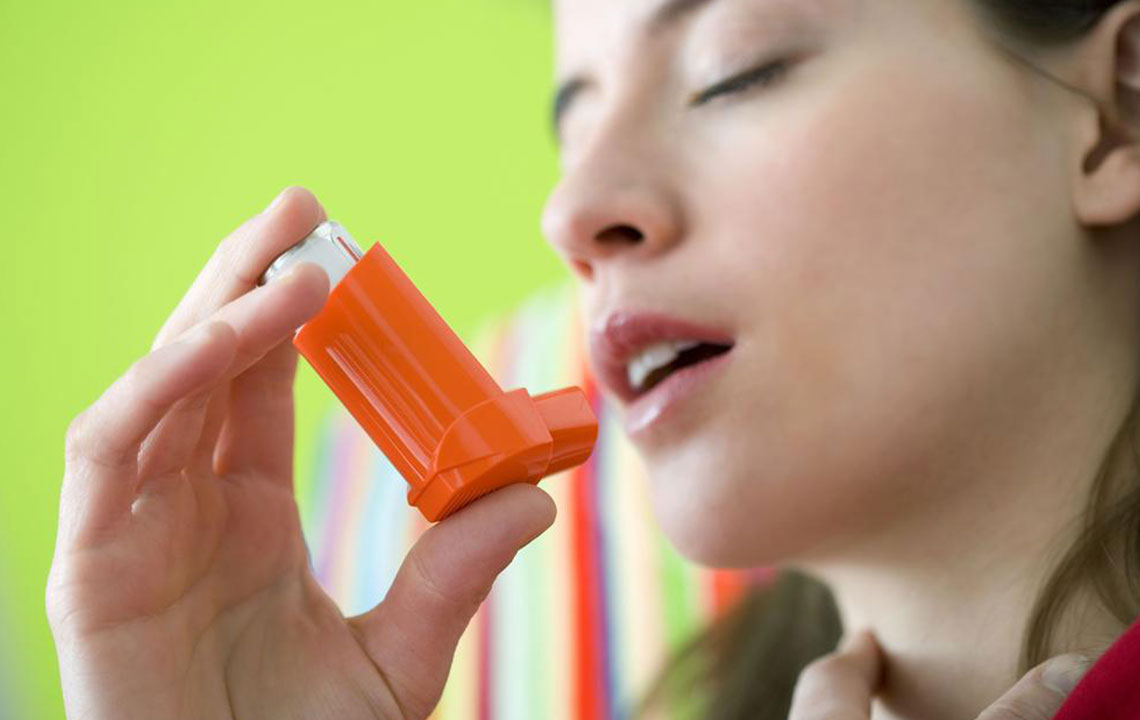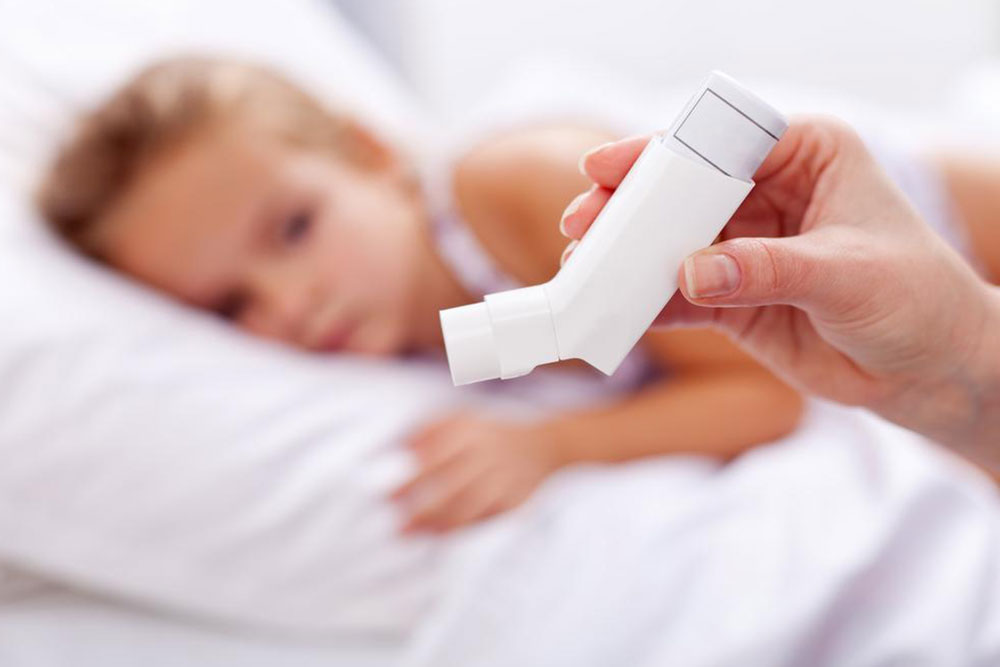Comprehensive Guide to Essential Devices for Managing COPD Symptoms Effectively
This comprehensive guide explores the essential devices used in COPD management, including inhalers, nebulizers, oxygen concentrators, and CPAP machines. It provides detailed information on how each device works, proper usage techniques, and maintenance tips to enhance treatment effectiveness. Understanding these tools can help COPD patients improve breathing, reduce symptoms, and lead healthier lives. The article emphasizes the importance of consulting healthcare providers for personalized device choices and staying informed about technological advances in respiratory care.
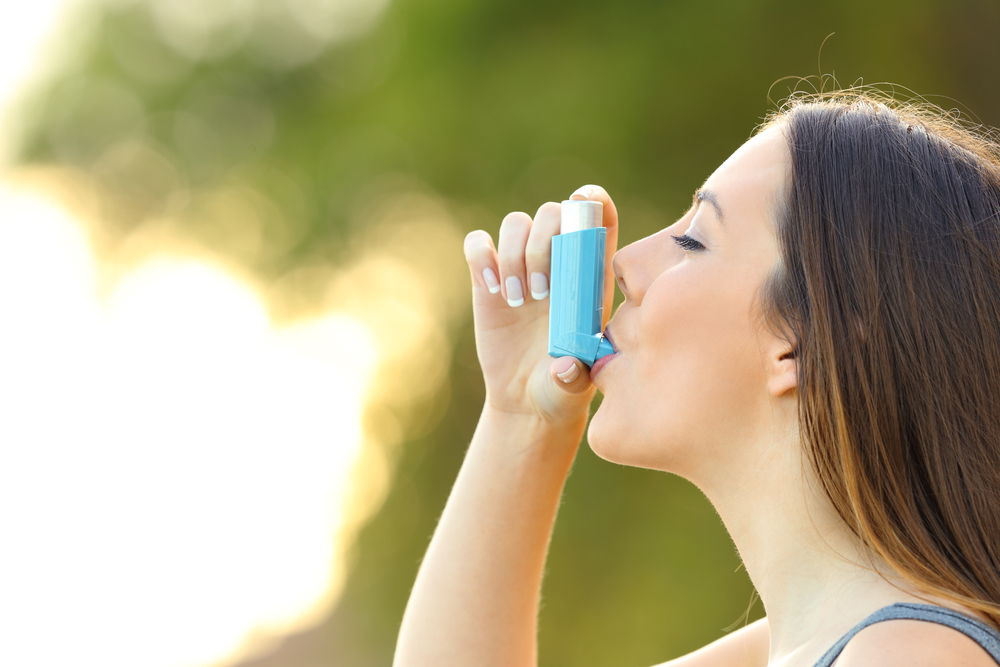
Comprehensive Guide to Essential Devices for Managing COPD Symptoms Effectively
Chronic obstructive pulmonary disease (COPD) is a long-term respiratory condition that significantly hampers breathing capability. Patients diagnosed with COPD often rely on a variety of medical devices to control and alleviate their symptoms, improve their breathing, and lead a more comfortable life. Although a definitive cure for COPD remains elusive, advancements in medical technology have provided effective management tools. Today, many devices are designed to help patients breathe easier, prevent complications, and enhance their overall quality of life, making device management an integral part of COPD treatment plans.
Essential Therapeutic Devices Used in COPD Management
Among the critical devices used are inhalers, nebulizers, portable oxygen concentrators, and Continuous Positive Airway Pressure (CPAP) machines. Each plays a unique role in managing specific symptoms and ensuring consistent therapy adherence.
Inhalers: The Primary Delivery System
Inhalers are perhaps the most frequently used devices for COPD. They come in various forms, each tailored to different patient needs and medication types. The main categories include hydrofluoroalkane (HFA) inhalers, soft mist inhalers (SMI), and dry powder inhalers (DPI). Understanding the differences among these inhalers can significantly impact therapy effectiveness and patient comfort.
Hydrofluoroalkane (HFA) Inhalers
HFA inhalers are among the most common inhalation devices used today. They deliver medication as a fine aerosol spray, which is inhaled directly into the lungs. To use an HFA inhaler effectively, patients typically need to shake the device, exhale fully, place the inhaler mouthpiece in their mouth, and breathe in slowly while pressing down on the inhaler to release the medication. Enhancing the delivery process with a spacer—a detachable tube that connects to the inhaler—can significantly increase medication deposition in the lungs and reduce medication wastage. Spacers are especially helpful for patients who have difficulty coordinating inhalation and actuation, such as elderly individuals or children.
Soft Mist Inhalers (SMI)
Soft Mist inhalers provide a different approach, delivering medication in a slow-moving, fine mist that requires less forceful inhalation. These devices are designed for ease of use; they typically should be held horizontally with the mouth around the mouthpiece, avoiding the air vents during inhalation. SMIs are advantageous because they deliver a consistent dose of medication, improving drug deposition deep into the lungs and making them suitable for patients who struggle with the inhalation technique required by other inhalers.
Dry Powder Inhalers (DPI)
Unlike HFA inhalers, dry powder inhalers dispense medication as a dry powder cone or capsule. They require a rapid, steady inhalation to effectively draw medication into the lungs; insufficient effort may result in inadequate drug delivery. Patients should remove the device before exhaling to prevent moisture from compromising the medication. DPI devices are portable, do not require propellants, and provide breath-activated medication release, making them convenient for on-the-go use. Proper technique, including washing and drying the device regularly, ensures optimal performance.
Nebulizers: Stationary Breathing Aids
Unlike portable inhalers, nebulizers are larger, stationary devices that convert liquid medication into a fine mist suitable for inhalation. They are particularly useful for patients with severe COPD, children, or those unable to coordinate inhalation with device activation. A typical nebulizer setup includes an air compressor, a nebulizer cup, and a mask or mouthpiece. The medication is measured and loaded into the nebulizer cup, which is then attached to the compressor. Once the device is turned on, it produces a continuous mist that the patient breathes in through the mask or mouthpiece. Regular maintenance and cleaning of nebulizers are essential to prevent bacterial contamination and ensure proper functioning.
Portable Oxygen Concentrators
For COPD patients with significant oxygen deficiency, portable oxygen concentrators (POCs) serve as a critical part of therapy. These lightweight, battery-powered devices are designed to filter ambient air, concentrate oxygen, and deliver it through nasal cannulas or masks. POCs are a popular alternative to bulky oxygen tanks because they are more convenient for travel and daily activities. Leading manufacturers such as Philips, Inogen, SeQual, and Respironics produce high-quality units that adhere to safety standards, including FAA approval for air travel. Users should regularly check and maintain their concentrators to ensure optimal oxygen delivery and safety.
Continuous Positive Airway Pressure (CPAP) Machines
Initially developed for sleep apnea, CPAP machines have also proven beneficial in managing COPD symptoms, especially in patients experiencing concomitant sleep-disordered breathing. These devices deliver a steady stream of pressurized air through a mask, keeping the airways open during sleep, reducing breathing difficulties and improving oxygenation. CPAP therapy can significantly reduce fatigue, improve sleep quality, and lower the risk of further respiratory complications. Replacement masks, filters, and tubing are readily available through medical suppliers like CPAP Supply USA, The CPAP Shop, and ResMed. Proper fitting and regular maintenance are crucial to ensure comfort and effectiveness of CPAP therapy.
Advances in medical device technology continue to improve the lives of people with COPD. Staying informed about the latest devices, proper usage techniques, and maintenance routines ensures optimal management of symptoms and enhances overall well-being. Consulting with healthcare providers for personalized device recommendations and training can maximize treatment benefits. As research progresses, newer, more efficient, and more user-friendly devices are expected to become available, providing further hope for COPD patients worldwide.


